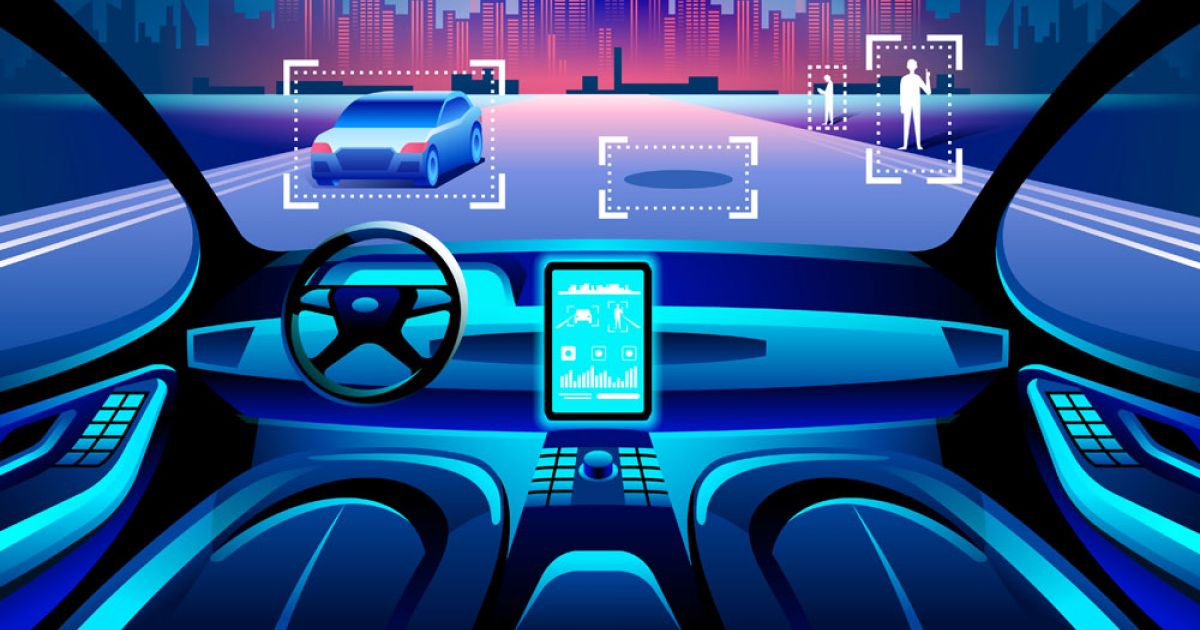Advancements in Automotive Technology for Car Accident Prevention
In recent years, automotive technology has witnessed incredible advancements, particularly in the realm of safety. These improvements are designed not only to mitigate damage during accidents but, more importantly, to prevent collisions altogether.
With the integration of intelligent sensors, advanced driver-assistance systems (ADAS), and vehicle-to-vehicle (V2V) communication, automakers are transforming vehicle safety features.
Advancements in Automotive Technology for Car Accident Prevention
This article delves into the latest technologies making roads safer and explores steps to take if you’re ever involved in a car accident.
Intelligent Sensors: Enhancing Road Awareness
Modern vehicles are now equipped with intelligent sensors designed to identify potential hazards before they become critical issues. These sensors function as a vehicle's "eyes," constantly scanning the road for obstacles, pedestrians, other vehicles, and potential dangers.
Key technologies such as radar, lidar, and cameras work together to feed real-time data to the car’s onboard computing system. This information is analyzed almost instantly, allowing the system to alert drivers about possible risks.
In some instances, these systems even take proactive measures, such as applying the brakes or steering the car to avoid a collision.
One of the most significant applications of this technology is collision avoidance systems. These can warn drivers of imminent crashes and, in extreme situations, actively intervene by automatically slowing down or stopping the vehicle to prevent an accident.
Such innovations are a major step forward in proactively tackling the causes of road accidents, ultimately reducing their frequency and severity.
Advanced Driver Assistance Systems (ADAS): Proactive Safety Measures
ADAS isn’t just a buzzword in the automotive industry; it represents a suite of technologies that work seamlessly to make driving safer. These systems go beyond traditional safety features, offering drivers proactive alerts and even taking action when human reflexes might be too slow.
Some popular ADAS features include:
- Adaptive Cruise Control: Maintains a safe distance from the vehicle ahead by automatically adjusting the car’s speed.
- Lane Departure Warning: Alerts drivers when the vehicle begins to drift out of its lane without signaling.
- Automatic Emergency Braking (AEB): Detects obstacles in the car’s path and applies brakes automatically to avoid or reduce the severity of a collision.
What makes ADAS truly transformative is its ability to blend seamlessly with intelligent sensors. Together, they monitor the environment around the vehicle and provide timely feedback to the driver. By doing so, these systems significantly reduce human error, which is a leading cause of road accidents.
Vehicle-to-Vehicle (V2V) Communication: Coordinating on the Road
Another groundbreaking advancement is vehicle-to-vehicle (V2V) communication technology. This system allows vehicles to exchange real-time information with one another, creating a connected ecosystem on the road. By sharing data such as speed, direction, and location, vehicles can enhance situational awareness.
For instance, vehicles equipped with V2V technology can communicate about sudden braking events, lane changes, or traffic conditions ahead.
This proactive exchange of information helps drivers and vehicles anticipate hazards that may not yet be visible—such as a car stopped around a blind curve.
The potential benefits of V2V communication are immense. In addition to reducing collisions, this innovative technology can ease traffic congestion and pave the way for the widespread adoption of fully autonomous vehicles in the future.
What To Do If You’re Involved in a Car Accident
While advancements in technology are helping reduce accidents, no system is 100% foolproof. In the unfortunate event of a car accident, these are the steps you should follow:
- Stay Calm: It’s natural to feel shaken, but try to remain calm to assess the situation with a clear mind.
- Check for Injuries: First, ensure the safety of everyone involved. If anyone is injured, call emergency services immediately.
- Move to a Safe Location: If possible, move the vehicles to the side of the road to prevent further accidents or traffic obstruction.
- Exchange Information: Share your contact and insurance information with all parties involved.
- Document the Scene: Take photos of the accident from multiple angles, including any vehicle damage, road conditions, traffic signs, or signals.
- Notify Authorities: Contact local authorities to report the accident if injuries are involved or property damage exceeds minimum legal thresholds.
- Contact Your Insurance Provider: Notify your insurer as soon as possible, providing them with all necessary details to begin the claims process.
- Seek Medical Attention: Even if you feel fine at the time, consider seeing a doctor. Some injuries, like whiplash or internal trauma, may not present symptoms immediately.
- Consult an Attorney: If legal complications arise, especially in cases involving fault disputes or significant damages, consult an experienced car accident attorney to protect your rights.
The Road Ahead: Driving Towards Safer Roads
The marriage of cutting-edge technology and automotive engineering continues to enhance road safety in remarkable ways. Intelligent sensors, ADAS, and V2V communication systems are just a few examples of how automakers are equipping vehicles to prevent accidents rather than just mitigating their aftermath. These advancements empower drivers with enhanced tools to handle challenging road conditions and human error.
Ultimately, the success of these innovations depends on consumer awareness and adoption. By staying informed about these advancements and leveraging them effectively, drivers can help usher in an era of safer roads for everyone.
As technology continues to evolve, it’s clear that reducing road accidents is not just a dream but an achievable reality.



Post a Comment